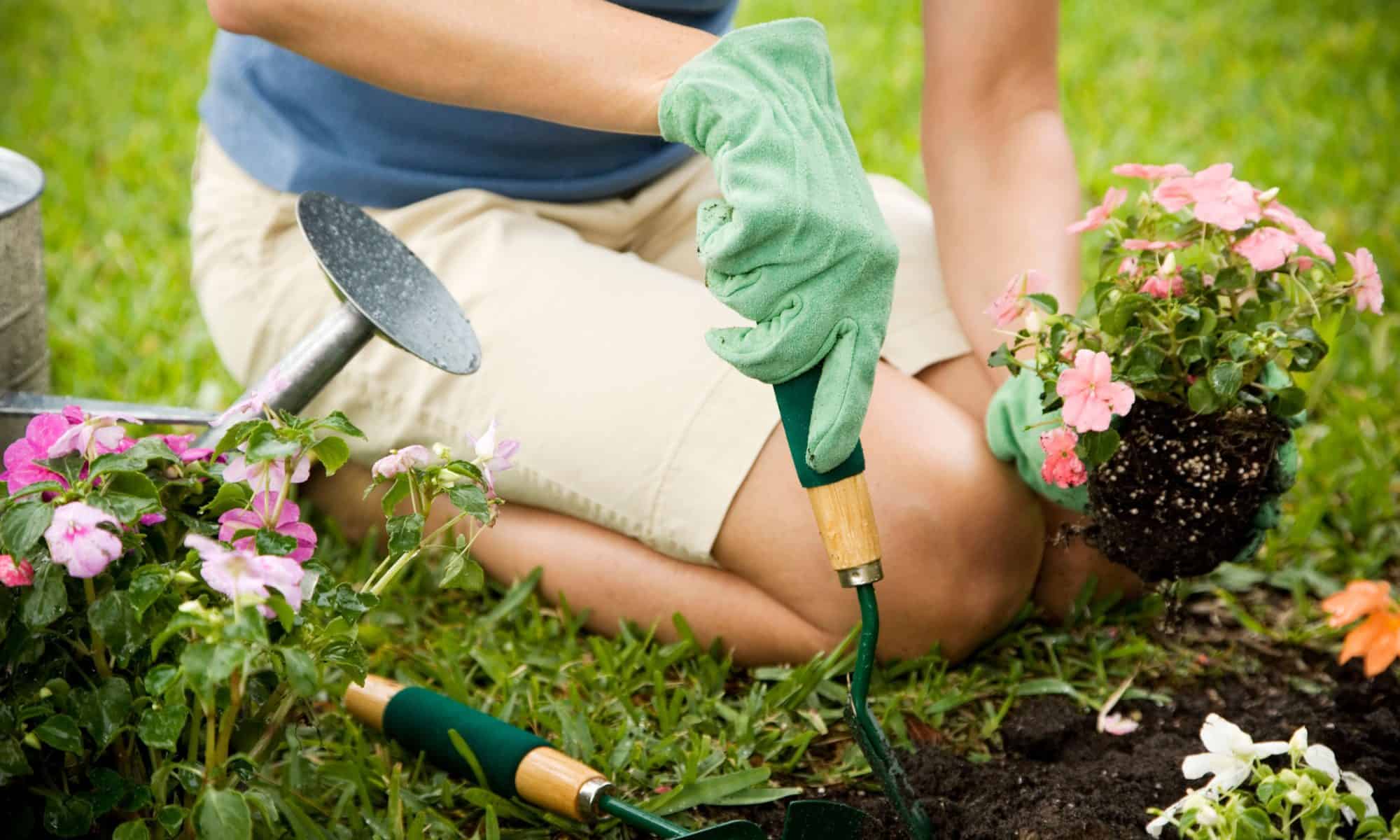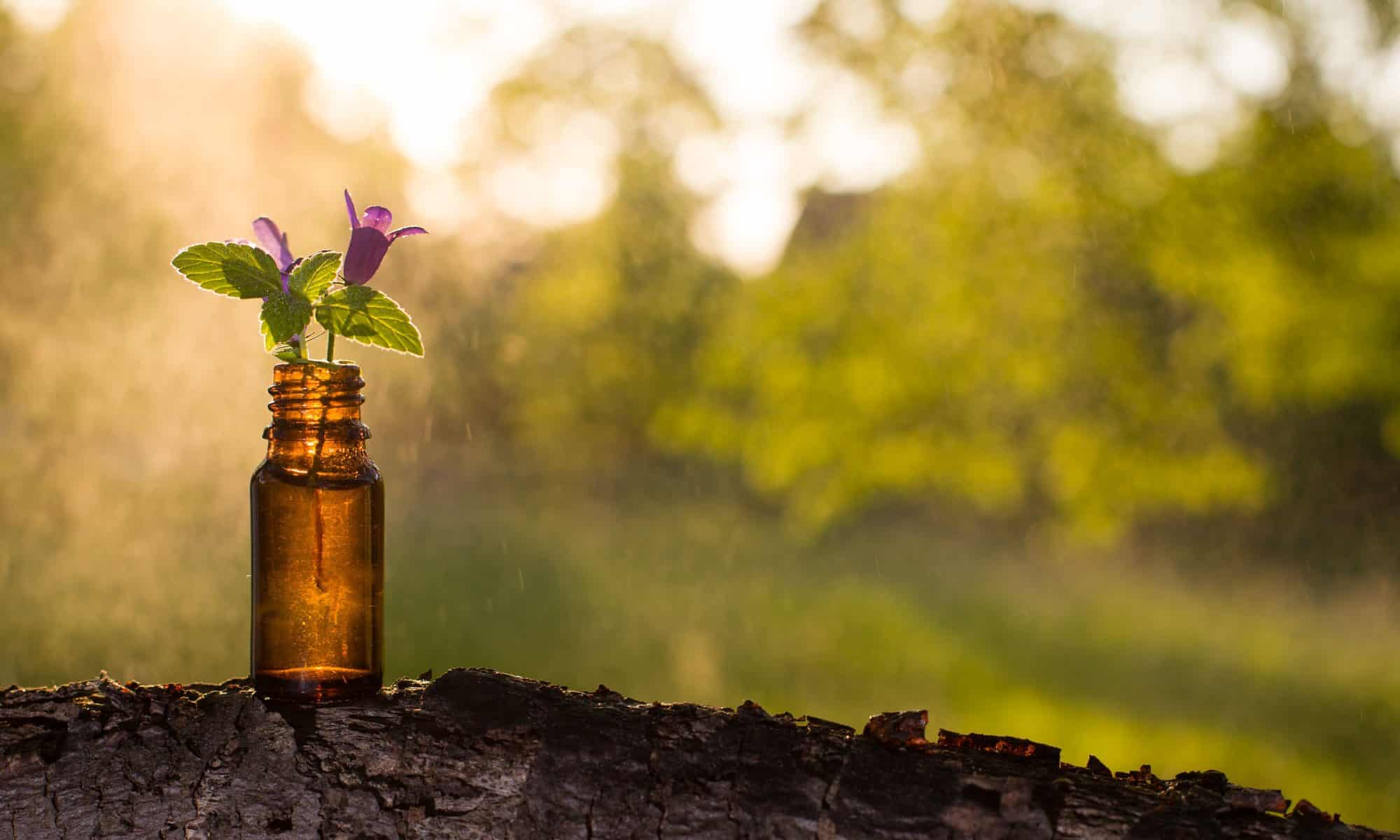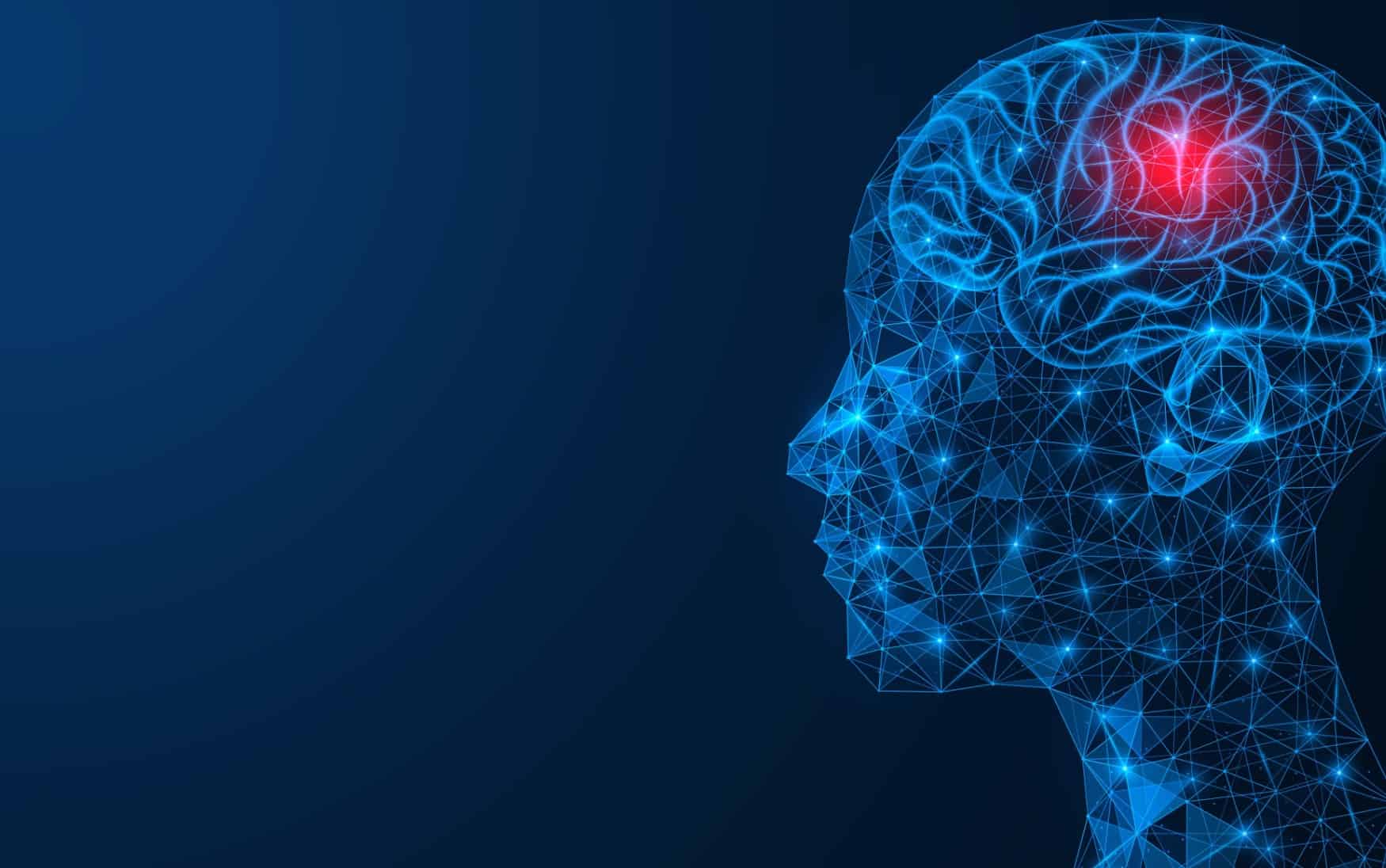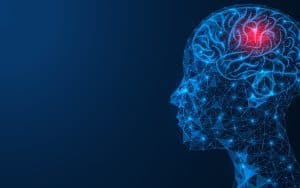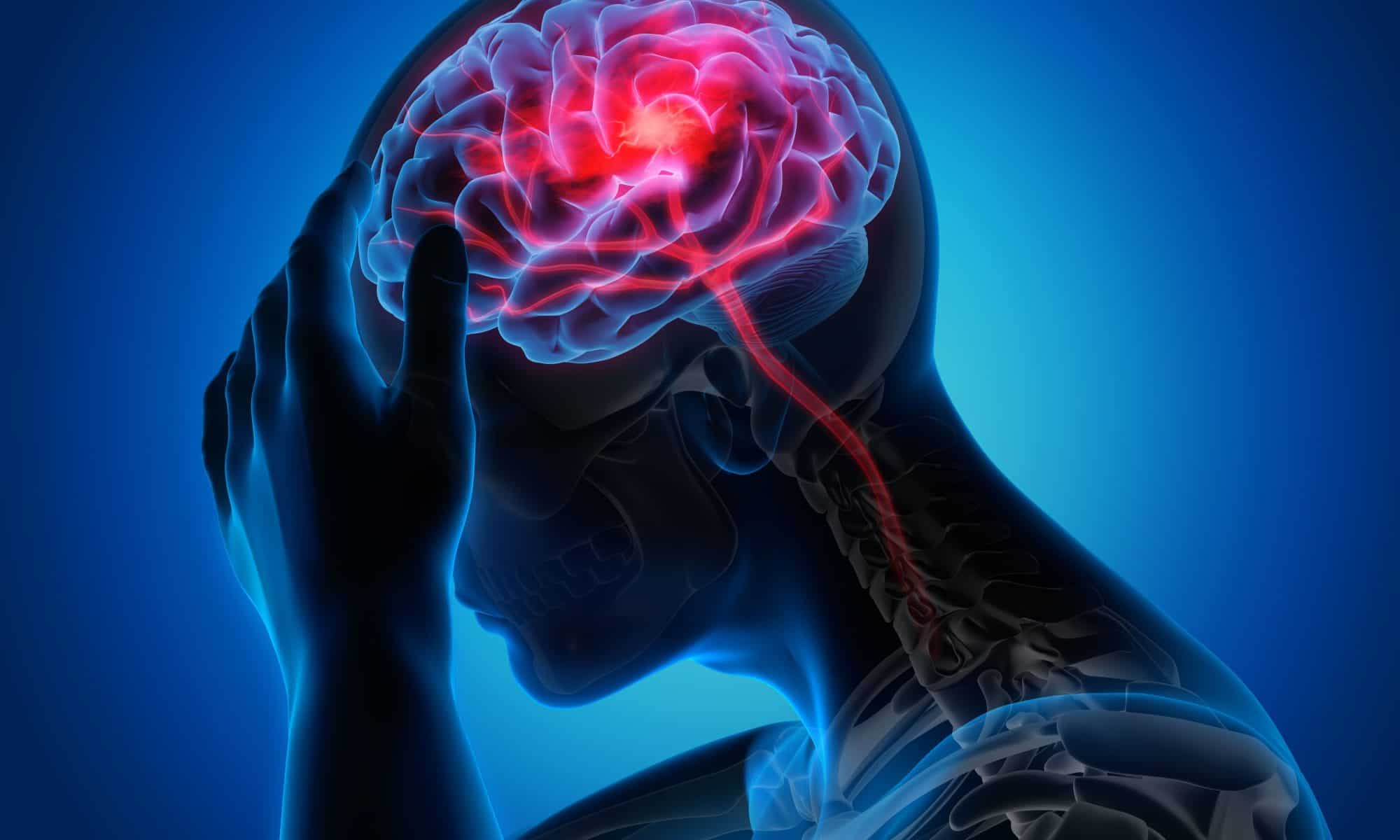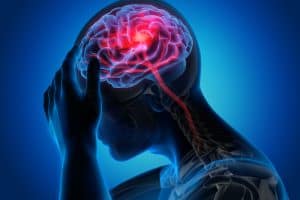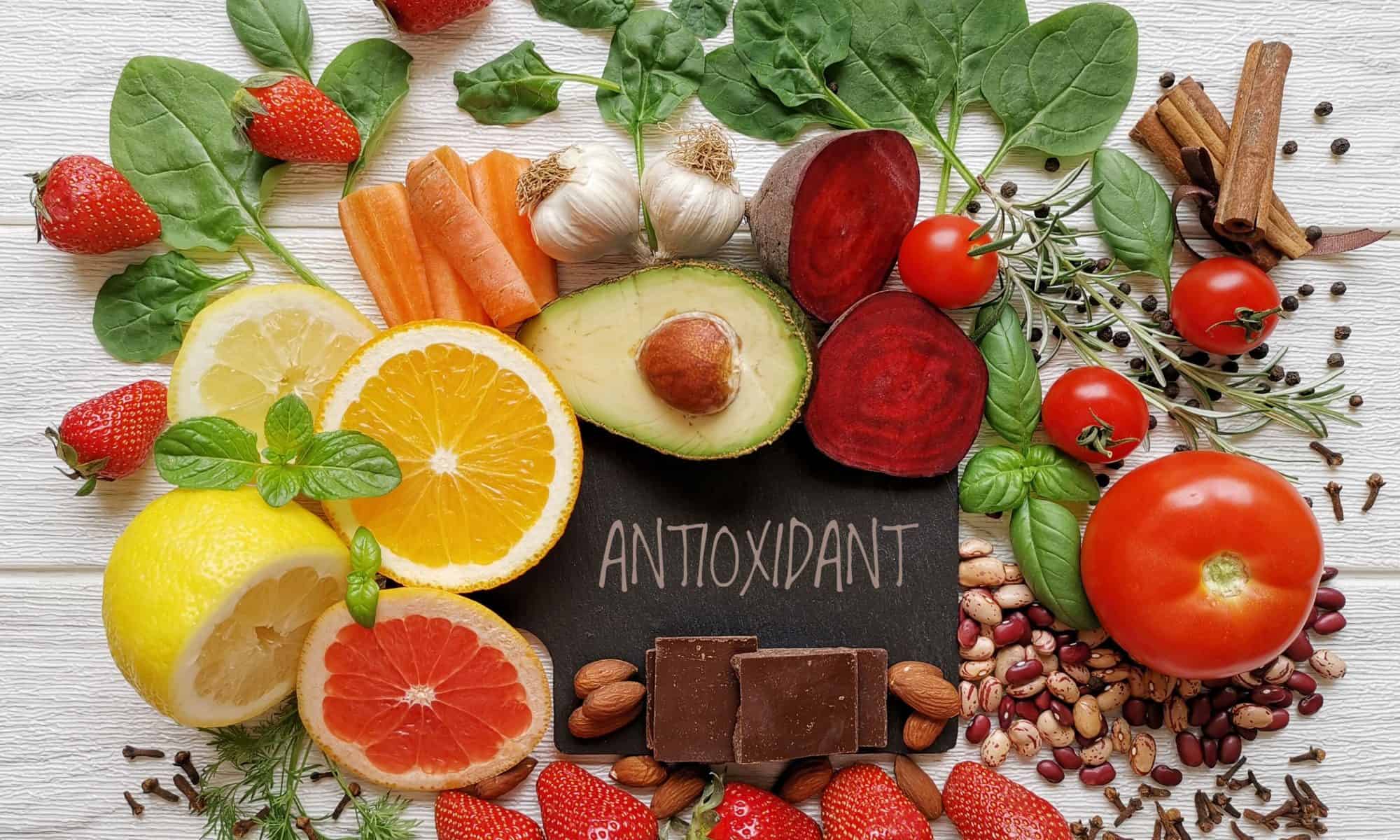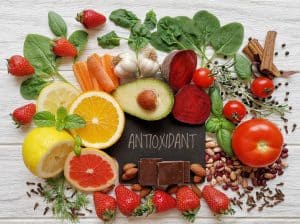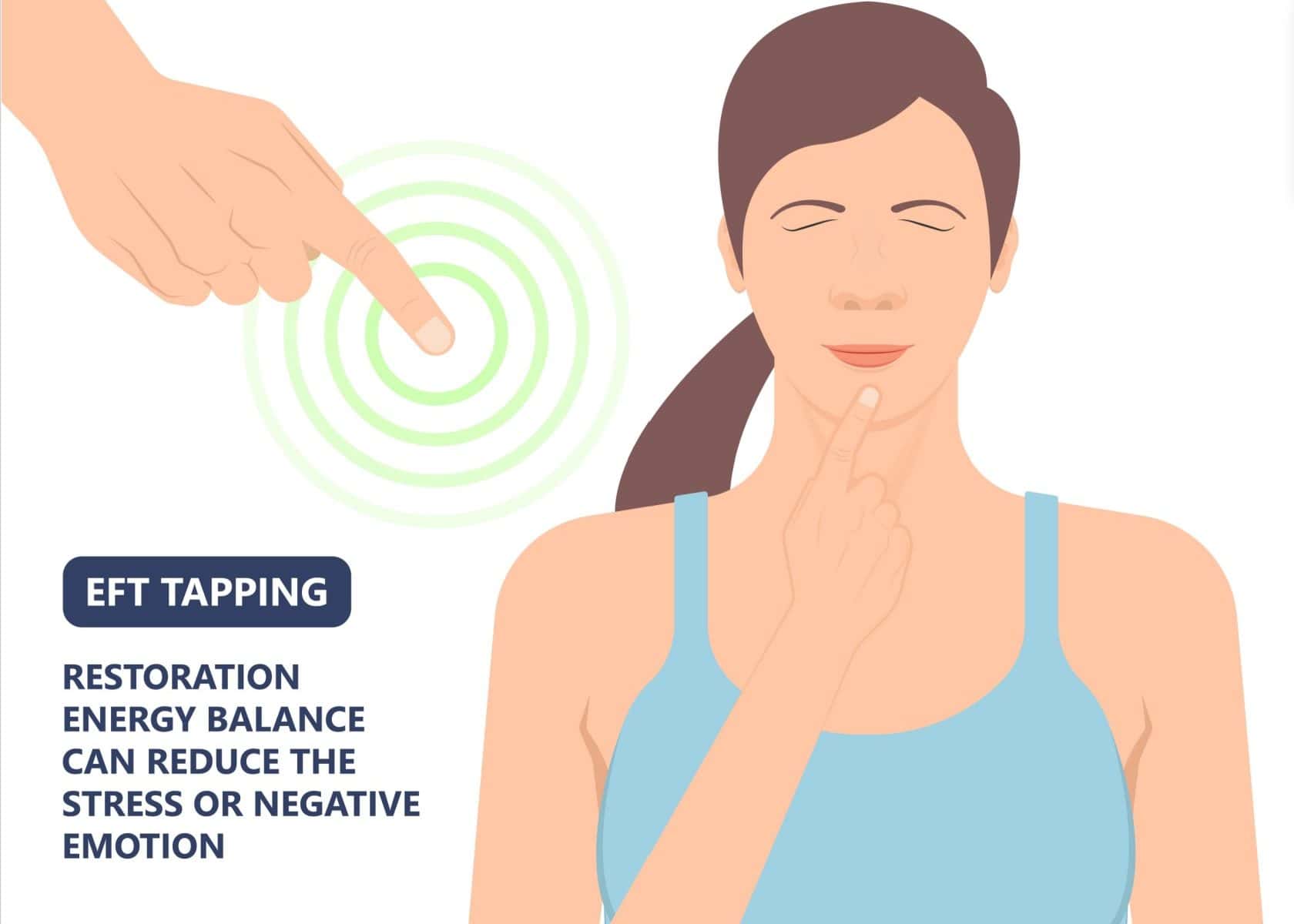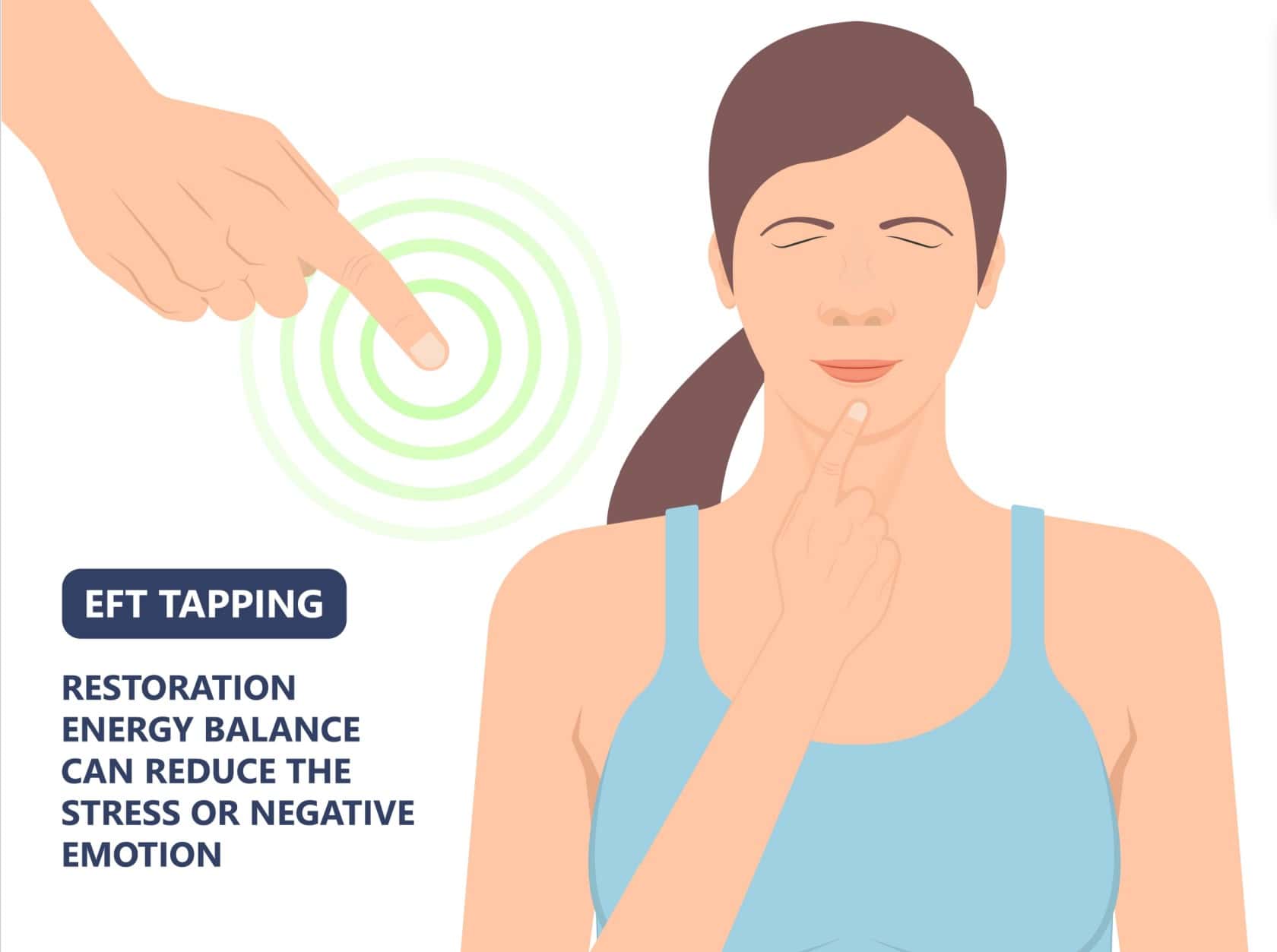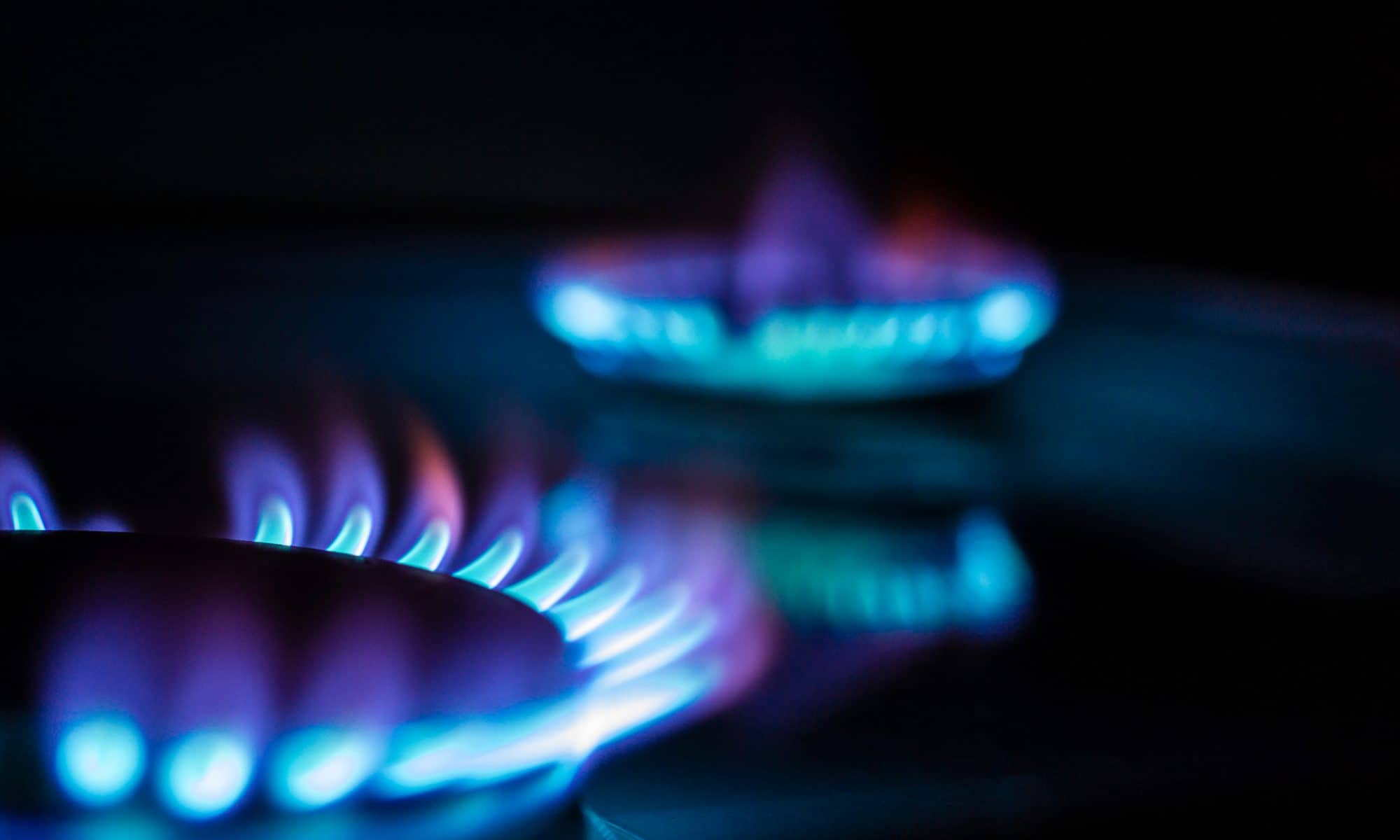
The liver and spleen are two of the most important organs in your body. They carry out a variety of tasks, including making iron, managing fat, eliminating toxins, activating enzymes, and making as well as excreting bile, among others. Similar to how it impacts body temperature and heartbeat, the thyroid also controls the body’s metabolism, or how energy is consumed by tissues. However, a large number of people are unaware that an underactive thyroid and adrenal functions may be to blame for their exhaustion, weight gain, and depression. That’s why it’s so important to find herbs for organ health.
Your liver and spleen, among other organs, may work better thanks to herbal medicines. The thyroid and adrenal glands may benefit from the assistance provided by these herbs. The article bellow will discuss a few of these useful herbs.
Herbs for Liver:
Milk thistle:
One of the most widely used herbs for organ health in the treatment of liver cirrhosis is milk thistle. Though originally from the Mediterranean area, milk thistle is now found all over the world. When crushed, the leaves of the milk thistle plant release a milky liquid. The active component of milk thistle is silymarin, which protects your liver and treats illnesses including cirrhosis, hepatitis, and fatty liver. Silymarin, a flavonoid mixture, aids in the regeneration of liver cells affected by alcohol and other toxins.
Turmeric Root
One of the most potent Ayurvedic herbs for organ health is turmeric root (Curcuma longa), which has been used for generations in India. Turmeric is well regarded for its enormous anti-inflammatory properties and for curing and preventing a wide range of inflammation-based disorders.
Turmeric is also hepatoprotective, preventing damage to liver cells (hepatocytes) by aiding in the detoxification of reactive species when they change from lipid to water soluble to water soluble. By donating itself to balance out the free radical species that cause cellular damage, hasten illness, and promote liver ageing, this contributes to the powerful antioxidant benefits of turmeric root.
Dandelion:
In Western herbalism, dandelion root (Taraxacum officinalis) is a key herb for detoxification and healthy liver function. It is among the greatest herbs for repairing the liver.
A cholagogue, hepatoprotective tonic, and gentle phase 1 liver detoxifier, dandelion root is a bitter herb. Additionally, it acts as a mild diuretic and increases bile secretion and gall bladder constriction.
Artichoke leaf:
Artichoke leaf, which is frequently consumed in North America, Europe, and the Mediterranean, is increasingly recognised as a crucial liver support supplement. It contains cynarin, which has been shown to stimulate the liver’s bile production. This improves the effectiveness of the body’s detoxification processes, assisting various organs in getting rid of dangerous pollutants like alcohol and other substances.
Artichoke leaf also includes the vital flavonoid silymarin, just as milk thistle. Silymarin is most well-known for its capacity to shield the liver. By assisting those at risk of coronary heart disease to maintain appropriate cholesterol levels, artichoke leaves also improve general health and wellbeing.
Herbs for Spleen:
Dandelion root:
One of the best supplements and herbs for organ health and function of your spleen is dandelion root, which is used in dietary supplements. According to Mitchell, dandelion root has traditionally been utilised as an alternative medicine or therapeutic ingredient to cure enlargements of the spleen and liver. According to “Therapeutic Herb Manual” author and master herbalist Ed Smith, dandelion root also works as a diuretic and kidney cleaner to enhance hunger and working of digestive system.
Eu Yan Sang:
The traditional folk treatment Si Shen Herbal Soup has been improved with Eu Yan Sang’s Healthy Digest, which regulates the stomach and spleen. Young and old can both enjoy it. To support your spleen and enhance digestion generally, it may be wise to add wholegrain meals, red dates, Chinese yam, and lotus seeds into your regular diet. An Ji Le pills by Eu Yan Sang are traditionally used to treat the symptoms of headache, moderate nausea, mild vomiting, mild diarrhoea, and indigestion. The constituent herbs work to promote spleen function and eliminate bodily moisture. It is also appropriate for kids under the age of 10.
Astragalus:
Astragalus root is regarded as a warming, slightly sweet tonic plant. It has an energy that is rising. Astragalus is specifically a Spleen Qi Tonic and a Lung Qi Tonic in Traditional Chinese Medicine. As a result, it is used in the treatment of lung and spleen Qi deficiency. According to TCM, the Spleen is in charge of converting food and drink into Qi and Blood. Check for spleen dysfunction first if someone is deficient in Qi or energy. The energy that maintains our entire body, Zhen Qi, is created after the Spleen converts food and liquids into Qi. This Qi then ascends to the Lungs where it combines with Lung Qi.
Fatigue and sluggishness, loose stools or diarrhoea, poor appetite, phlegm and dampness, weak arms and legs, and prolapsed organs are all signs that the spleen is short in qi (such as haemorrhoids). Astragalus root is a Spleen Qi tonic that boosts energy, improves digestion, and can raise prolapsed organs. It also raises appetite.
Herbs for thyroid:
Licorice:
One of the oldest herbs for organ health treatments in use today, licorice is a native of Western Asia and Southern Europe. By lowering cortisol levels in the body and shielding the thyroid gland from oxidative damage, it enhances thyroid function.
Licorice contains strong antibacterial, anti-inflammatory, and antioxidant properties, according to research-based information. This can ease many thyroid problem symptoms and make your life easier.
Black cumin:
Another herb used in old Algerian medicine to cure thyroid issues is black cumin, or Nigella sativa. It has biological elements and phytochemicals that assist a number of bodily processes, such as; Alkaloids, Phenolics, Coumarins and Flavonoids.
Black cumin can enhance thyroid function generally as well as for patients with this particular problem, according to a 2016 study examined the impact black cumin has on Hashimoto’s thyroiditis, a disease that eventually destroys the thyroid.
Lemon Balm:
This plant has a wide range of traditional applications, including as supporting sound sleep, reducing tension and anxiety, and treating indigestion. Additionally, studies have indicated that it may be advantageous for those who have hyperthyroidism. According to one study, the extract protects Grave’s disease patients’ thyroid receptors from the components that cause the thyroid to become overactive. Lemon balm is widely employed as an antiviral medication, which lightens the burden on your liver. Thyroid problems and viral infections frequently co-occur.
Herbs for Adrenal Function:
Ashwagandha:
Ashwagandha, another adaptogenic plant, balances our brain’s central nervous system by influencing our cortisol levels. It is a common herb used to maintain normal healthy thyroid function, emotional balance, healthy energy levels, and normal immune function. It is one of the more well-known adaptogens for ensuring healthy adrenal gland activity. The name Ashwagandha literally translates to “horse smell,” as it is believed to give you the vigour and stamina of a horse. Since ashwagandha belongs to the nightshade family, it is advised to choose a substitute herb to strengthen your adrenals if you have a known or suspected nightshade allergy. Ashwagandha has warming qualities and is excellent for people who get chilly easily or are more easily exhausted.
Licorice Root:
In Europe and Asia, licorice is produced. A highly appreciated Chinese medication is licorice. It is present in practically all of the Chinese herbal formulae with patents. The most popular herb for organ health in the supporting of the adrenals is licorice. It is a moderate tonic and anti-stress herb that is believed to boost vitality, energy, and endurance. . Licorice has been used to help alleviate the symptoms of hypoglycemia, a frequent side effect of impaired adrenal function, and it is known to naturally boost cortisol levels. Aldosterone production is boosted, which is good because advanced adrenal fatigue typically lacks this hormone. Licorice can calm upset stomachs, increase blood flow through the heart and arteries, and boost the immune system’s production of molecules similar to interferon.
Nettle Leaf:
Although nettle leaf is not generally thought of as an adaptogenic plant, it can be very effective in treating adrenal fatigue. Vitamins A, C, and K, as well as magnesium, iron, calcium, and potassium are all abundant in nettles. In light of this, nettle is a herb that is highly nutritious for the entire body and, more particularly, an adrenal tonic.
Meet Paul Wagner
Paul Wagner is an Intuitive Life & Business Coach, clairvoyant reader, and a five-time EMMY Award-winning writer. He created “THE PERSONALITY CARDS,” a powerful Oracle-Tarot deck that’s helpful in life, love, and relationships. Paul studied with Lakota elders in the Pecos Wilderness, who nurtured his empathic abilities and taught him the sacred rituals. He has lived at ashrams with enlightened masters, including Amma, the Hugging Saint, for whom he’s delivered keynotes at Her worldwide events.
Paul tours the world lecturing on spiritual liberation. He lovingly offers intuitive readings, inspirational coaching, and illuminating courses to help others with self-discovery, decision-making, healing, and forgiveness. Book a session with Paul: HERE






